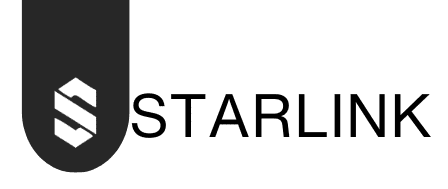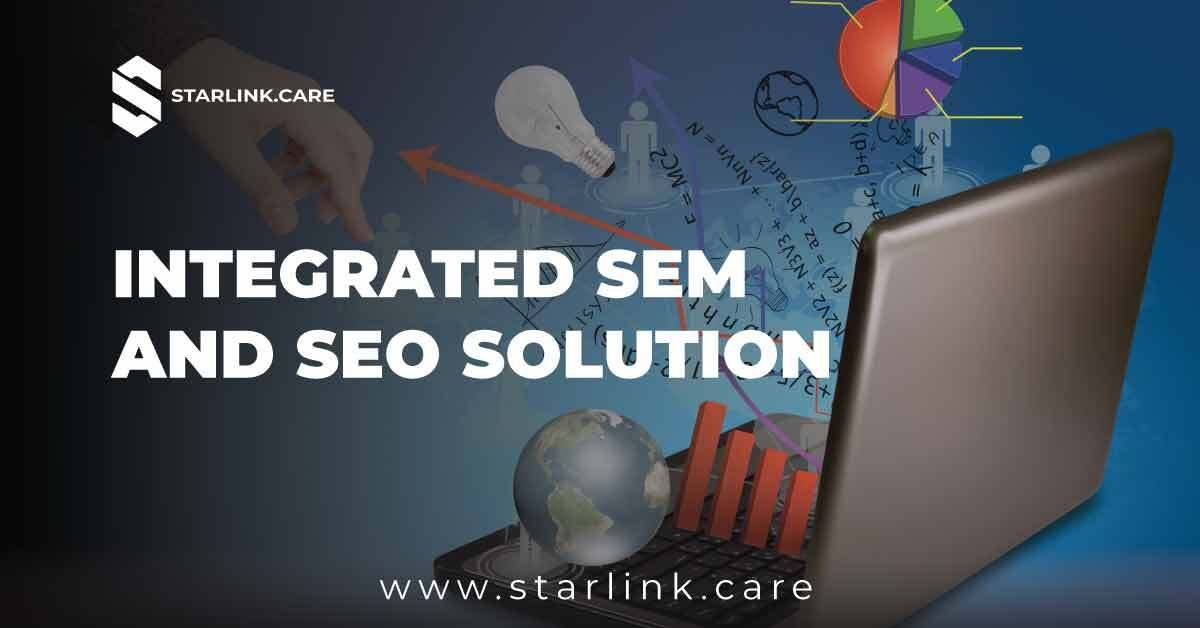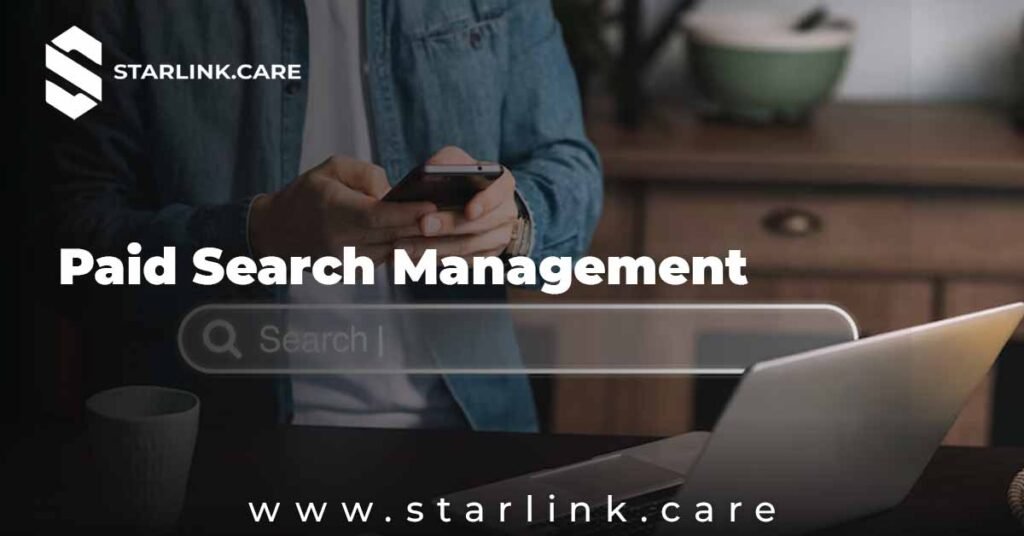In the fast-paced digital world, staying ahead of the competition requires more than isolated strategies. Businesses must adopt an integrated SEM and SEO solution to ensure a unified approach toward achieving visibility, driving traffic, and enhancing conversions. By blending Search Engine Optimization (SEO) with Search Engine Marketing (SEM), brands can leverage the strengths of both strategies for exponential growth.
What Is an Integrated SEM and SEO Solution?
An integrated SEM and SEO solution combines the long-term, sustainable benefits of SEO with the immediate impact of SEM. While SEO focuses on improving organic visibility through optimized content and website performance, SEM involves paid advertising methods such as pay-per-click (PPC) campaigns. Integrated SEM and SEO, they create a holistic digital marketing strategy that maximizes organic and paid opportunities.
Why Combine SEO and SEM?
Here’s why integrating these strategies is crucial for modern businesses:
- Enhanced Online Presence
Appearing in both organic and paid search results amplifies your brand’s visibility, making it more likely for users to click on your links. - Improved Cost Efficiency
Insights gained from SEO can inform SEM campaigns, optimizing ad spend by targeting high-performing keywords. - Synergistic Data Usage
Shared analytics between SEO and SEM teams allow for deeper insights into audience behavior and campaign performance. - Faster ROI
While SEO builds a steady flow of organic traffic, SEM ensures immediate results. Together, they strike a balance between short-term wins and long-term sustainability.
Building the Perfect Integration
To create a successful integrated SEM and SEO solution, you need a well-planned strategy that ensures alignment between these two approaches. Here’s how you can achieve this:
1. Unified Keyword Research
Keyword research is the backbone of any digital marketing campaign. For an integrated approach, focus on finding keywords that perform well in both paid and organic searches. Use tools like Google Keyword Planner, Ahrefs, or SEMrush to identify high-value keywords with competitive potential.
- Example: If your business is targeting “Affordable Small Business SEO,” check the organic search volume, competition level, and cost-per-click (CPC) to decide how to balance SEO and SEM efforts for this term.
2. Consistent Messaging
Ensure that your content and ads share a consistent message. Users who see a unified theme across organic and paid search results are more likely to trust your brand. For instance, if your SEM ad promises “Affordable Website Design Packages,” your SEO content should back this up with detailed guides or testimonials.
3. Cross-Team Collaboration
Effective integration SEO and SEM requires teams to collaborate closely. Sharing insights, such as which keywords are driving conversions or which pages have high bounce rates, allows both teams to refine their strategies.
Key Benefits of an Integrated SEM and SEO Solution
Let’s explore some tangible benefits businesses can gain:
1. Higher Click-Through Rates (CTR)
Studies show that combining paid and organic efforts can significantly increase click-through rates. Users are more likely to click on a result when they see the brand listed in both the organic and paid sections of a search engine results page (SERP).
2. Dominance in SERPs
An integrated strategy ensures your brand takes up more space in SERPs, outshining competitors. This increased visibility reinforces brand authority and drives traffic.
3. Cost-Effective Campaigns
SEO insights can help SEM teams refine their bidding strategies. For example, if a particular keyword is expensive but performs well organically, you can reduce paid investment for that term while still capturing traffic.
4. Improved Conversion Rates
SEO-driven content educates users, while SEM campaigns provide immediate solutions. Together, they guide users through the entire buyer journey, from awareness to purchase.
Common Pitfalls and How to Avoid Them
While an integrated approach offers numerous advantages, it’s not without challenges. Here’s how to avoid common mistakes:
1. Siloed Teams
- Solution: Foster collaboration between SEO and SEM teams through regular meetings and shared tools.
2. Keyword Cannibalization
- Solution: Assign distinct goals for keywords in SEO and SEM campaigns to avoid competing against yourself.
3. Inconsistent Metrics
- Solution: Use centralized reporting tools like Google Analytics to track unified performance metrics.
Real-Life Success Stories
Case Study 1: E-Commerce Brand
An e-commerce company combined SEO and SEM to target “luxury watches online.” By using SEO to rank organically for long-tail keywords and SEM to bid on high-competition terms, they saw:
- 35% increase in traffic
- 20% higher conversion rates
- 25% reduction in CPC
Case Study 2: Local Business
A local accounting firm implemented an integrated strategy to dominate searches for “small business tax help.” SEO optimized their blog content, while SEM focused on geo-targeted PPC ads. Results included:
- 50% more leads within 6 months
- Enhanced visibility in both organic and paid results
Steps to Implement an Integrated SEM and SEO Strategy
- Audit Your Current Performance
Assess your current SEO rankings and SEM campaign performance to identify strengths and weaknesses. - Set Clear Goals
Define specific objectives, such as increasing traffic, improving CTR, or boosting conversions. - Create Complementary Campaigns
Align SEO content and SEM ads to reinforce each other’s messaging. - Leverage Data Analytics
Use tools like Google Ads, Search Console, and heatmaps to monitor performance and refine your strategy. - Adapt and Scale
Continuously analyze results and scale successful tactics for better ROI.
FAQs
What is an integrated SEM and SEO solution?
An integrated SEM and SEO solution combines organic optimization (SEO) with paid advertising (SEM) to maximize search engine visibility, boost traffic, and achieve a balanced approach for both long-term growth and immediate results.
Why is integrating SEO and SEM important?
Integrating SEO and SEM ensures your brand dominates search results, increases click-through rates, and optimizes marketing budgets by leveraging insights from both strategies for improved performance and higher returns.
How do SEO and SEM complement each other?
SEO provides sustainable organic traffic, while SEM delivers quick visibility through paid ads. Together, they amplify each other's effectiveness, guiding users across the buyer journey seamlessly and improving conversions.
What are the benefits of an integrated approach?
Benefits include enhanced online visibility, improved ROI, cost efficiency, and better audience targeting. Combined efforts provide a comprehensive strategy for long-term success and short-term gains.
How do I start integrating SEM and SEO?
Begin with unified keyword research, align campaign messaging, foster collaboration between teams, and use centralized data analytics to monitor and refine performance for maximum impact.
Conclusion
An integrated SEM and SEO solution is the cornerstone of a successful digital marketing strategy. By leveraging the strengths of both approaches, businesses can achieve unparalleled visibility, drive meaningful traffic, and maximize ROI. Whether you’re a small startup or a global enterprise, integrating your SEO and SEM efforts is no longer optional—it’s essential.
Start today with Starlink Care by analyzing your current strategy, fostering collaboration between teams, and focusing on delivering value to your audience. The results will speak for themselves as your business dominates search engines and wins over customers.







